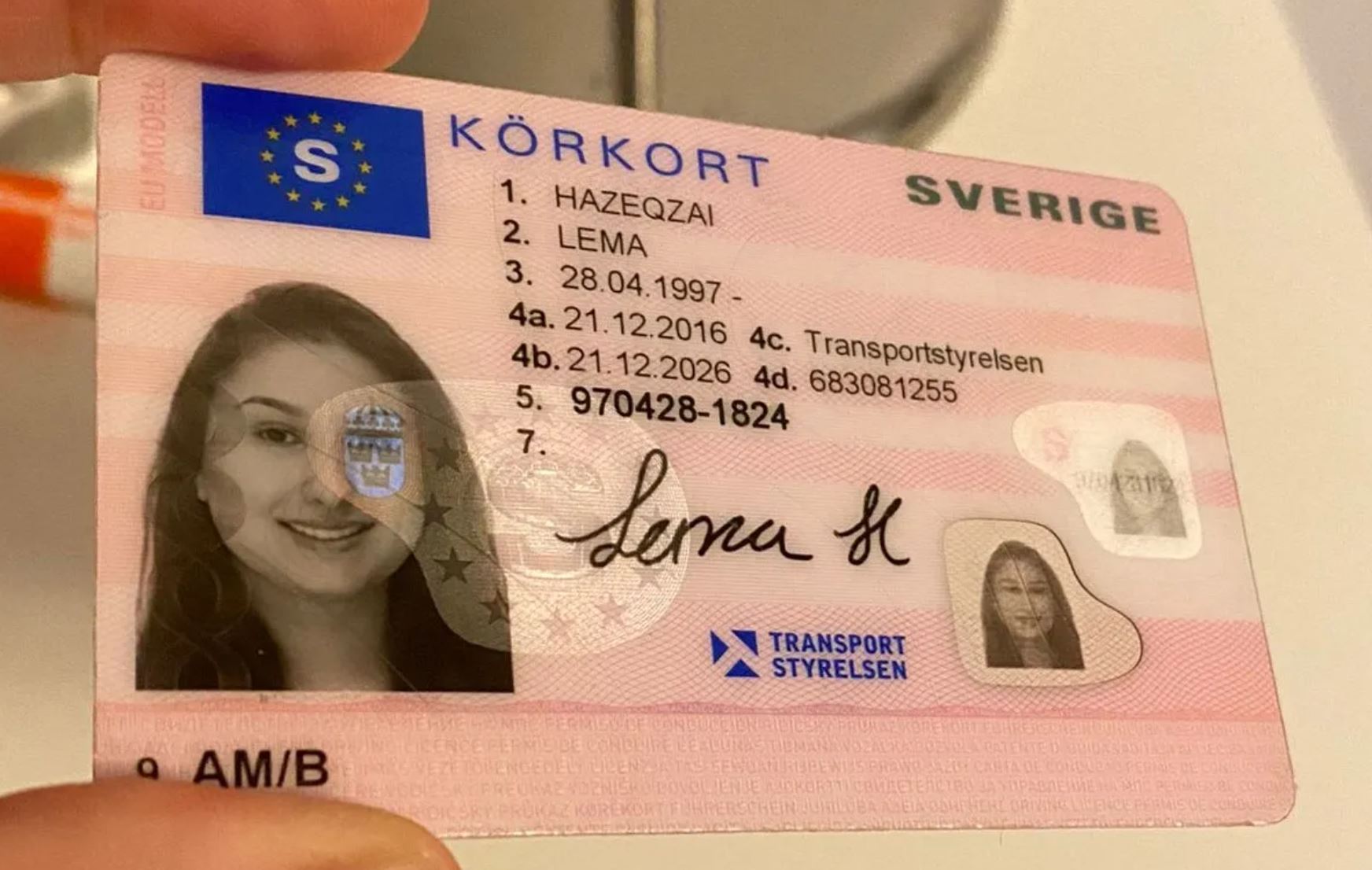The Future of Driving Licenses: ID Handling in 2025
As technology continues to progress at an extraordinary rate, different sectors are accepting developments to improve user experience and efficiency. One of the locations experiencing considerable improvement is identity management, particularly worrying driving licenses. With the introduction of digital licenses and advanced recognition approaches, the landscape of driving license ID handling is anticipated to undergo considerable changes by 2025. This article checks out the awaited developments in driving license ID handling, the implications for users, and responses frequently asked concerns about the future of driving licenses.
The Evolution of Driving Licenses
Driving licenses have actually traditionally worked as a way of determining a person's authority to run a motor lorry. They likewise serve several secondary functions, including age confirmation and identity verification for banking and travel. Nevertheless, the physical card system has restrictions, including threats of counterfeiting, loss, and out-of-date details. As society gravely counts on efficient and safe recognition systems, the transition towards digital licenses is ending up being increasingly popular.
Existing Trends in Driving License ID Handling
- Digital Licenses: Many states are piloting digital driving licenses that enable users to store their qualifications on their smartphones. These digital licenses are designed with advanced security functions, including biometric information, and can be scanned or shared firmly.
- Blockchain Technology: Some jurisdictions are checking out blockchain to enhance the security and credibility of driving licenses. This innovation ensures that info can not be damaged and that the data is quickly verifiable.
- Facial Recognition: Increasingly utilized in identification practices, facial recognition technology can expedite the procedure of verifying a person's identity versus their driving license. This technology likewise assists reduce fraud and maintain the stability of the licensing systems.
- Multi-Functional Licenses: Future driving licenses may integrate additional functions such as health records, travel documentation, and even payment systems, offering a comprehensive identity solution.
The Benefits of Digital Driving Licenses by 2025
The shift towards digital driving licenses presents numerous benefits, consisting of:
- Convenience: Users can access their licenses anytime, which gets rid of the requirement for physical cards. This is especially useful when people forget their license, as digital copies can be retrieved rapidly.
- Security: Advanced security steps can reduce the risk of identity theft, scams, and unapproved duplication. have a peek at this web-site include file encryption and biometric verification.
- Performance: Reduced wait times at federal government offices and throughout traffic stops, as police can verify digital licenses instantly.
Ramifications for Users
While the developments in driving license ID dealing with present many benefits, they likewise feature obstacles. Users require to adapt to brand-new innovation and guarantee they understand the modifications and their implications. Here are some considerations:
- Privacy Concerns: With increased digital footprints, there will be increased concerns over data privacy and how biometric information is stored and used.
- Ease of access Issues: Individuals without access to mobile phones or digital technologies may face barriers to getting and utilizing digital licenses.
- Regulative Compliance: With various jurisdictions adopting various systems and processes, users must know their local laws regarding digital licenses and identification.
Anticipated Changes in Driving License ID Handling by 2025
| Element | Present Status | Expected Change by 2025 |
|---|---|---|
| License Format | Physical cards | Primarily digital licenses |
| Verification Process | Manual checks | Automated biometric verification |
| Security Measures | Standard holograms and functions | Advanced encryption and blockchain |
| Jurisdictional Differences | Fragmented processes throughout states | More standardized national systems |
| User Interaction | In-person renewals and checks | Mobile applications for management |
FAQs
1. What is a digital driving license?A digital driving license is an electronic version of a conventional driving license that is stored on a mobile device. It can be utilized for identification and confirmation in numerous circumstances, with improved security features to prevent fraud.
2. How will digital licenses enhance security?Digital licenses make use of encryption and biometric information, making them harder to create or abuse compared to traditional cards. In addition, blockchain technology can guarantee data credibility and stability.
3. Will Körkort I Cv be required to switch to a digital license?While numerous jurisdictions are moving towards digital licenses, policies might vary. Users are encouraged to inspect with their regional licensing authorities for specific guidelines.
4. What are the possible drawbacks of digital licenses?Some possible drawbacks consist of personal privacy issues regarding data storage, accessibility issues for people without smartphones or digital literacy, and the need for a robust regulative structure to handle security and user rights.
5. How can I prepare for the shift to digital licenses?Stay notified about local efforts concerning digital licenses, check out readily available mobile applications for handling recognition, and cultivate digital literacy to browse brand-new innovations with confidence.
The future of driving licenses and ID handling is poised for significant advancement by 2025. As digital licenses end up being more prevalent, users will experience boosted security, convenience, and efficiency. Nevertheless, along with the benefits come obstacles that will require public awareness and adaptation. Stakeholders need to focus on education, regulation, and accessibility to guarantee a smooth shift that empowers people with the recognition tools of the future. As innovation advances, so too will the techniques through which society handles identity, especially important in procedures as fundamental as running an automobile.

